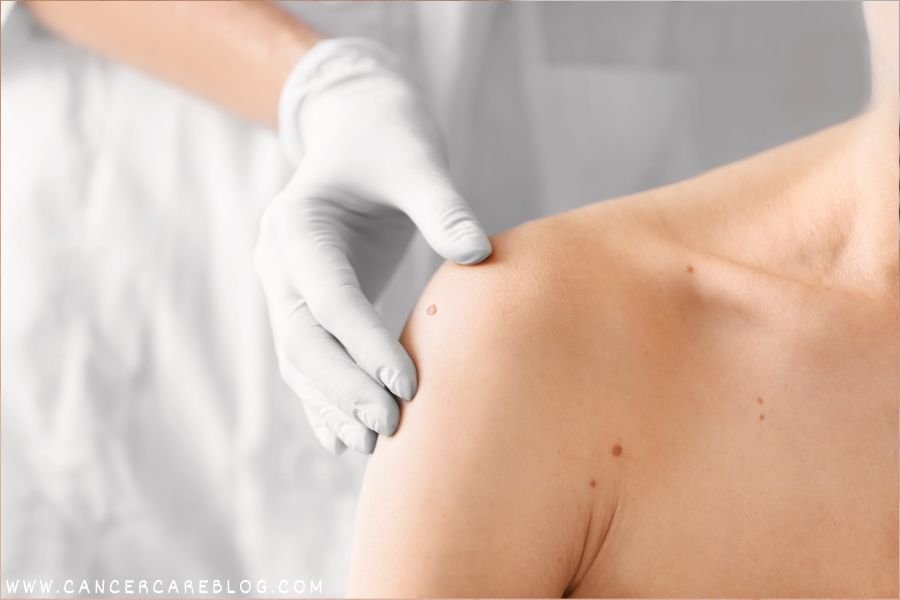When we think of cancer, we often picture organs like the lungs or breast. But sarcoma cancer is different.
It starts in places like bones, muscles, fat, and even blood vessels. These are all part of your body’s connective tissues.
Though rare, sarcoma is aggressive. It can affect both kids and adults. And because it grows deep inside the body, it’s often hard to catch early.
Let’s explore what sarcoma really is, how it shows up, and how it’s treated.
What Is Sarcoma?
Sarcoma cancer is a group of cancers that begin in the body’s connective tissues. It’s not one single disease—it’s a category.
There are two main types:
- Bone sarcoma (also called bone cancer)
- Soft tissue sarcoma (affects fat, muscle, nerves, and blood vessels)
Sarcomas can form anywhere—but most often they’re found in the arms, legs, or abdomen.
Common Bone Cancer Symptoms
Bone sarcomas may show signs that are often mistaken for injuries or arthritis.
Watch out for:
- Bone pain that doesn’t go away
- Swelling or a lump near bones or joints
- Bone fractures from minor injuries
- Fatigue or unexplained weight loss
Children and teens with growing bones may be especially at risk for certain types like osteosarcoma.
Symptoms of Soft Tissue Sarcoma
Soft tissue sarcomas are tricky. Many grow silently and don’t hurt.
But over time, they can show:
- A painless lump (which grows over time)
- Pressure or pain from the tumor pressing on nerves
- Trouble moving a limb
- Bleeding or blockages in the digestive system (if internal)
The symptoms depend heavily on where the tumor forms in the body.
Sarcoma Diagnosis: How It’s Found
Diagnosing sarcoma often takes a team of experts. You’ll likely go through:
- Physical exam and medical history
- Imaging tests: X-rays, CT scans, MRIs, or PET scans
- Biopsy: Tissue is taken and tested for cancer cells
- Genetic testing: Some sarcomas have unique mutations
Getting a correct sarcoma diagnosis is key. Different types require different treatment plans.
What Causes Sarcoma?
Doctors don’t know all the causes, but several factors may raise your risk:
- Inherited syndromes (like Li-Fraumeni or retinoblastoma)
- Radiation therapy from previous cancer treatment
- Chemical exposure to herbicides or industrial toxins
- Chronic swelling or lymphedema
Most sarcomas, however, appear with no clear reason. This adds to the challenge of prevention.
Soft Tissue Sarcoma Treatment and Bone Sarcoma Treatment
Surgery
Surgery is the main treatment. Doctors try to remove the tumor completely, often with a margin of healthy tissue.
Radiation Therapy
Used before surgery to shrink tumors or after to kill remaining cancer cells.
Chemotherapy
More common in bone sarcomas and aggressive soft tissue types. Drugs circulate through the bloodstream to kill cancer.
Targeted Therapy & Immunotherapy
For advanced or recurring cases, these newer treatments attack cancer cells more precisely.
Soft tissue sarcoma treatment often depends on the tumor’s size, type, and location.
Life After Sarcoma
Survivors often deal with side effects like:
- Physical challenges (limb weakness or stiffness)
- Emotional health issues like anxiety or depression
- Risk of recurrence
Physical therapy, regular scans, and support groups help rebuild life after sarcoma cancer.
FAQ: What You Might Be Wondering
Q: Is sarcoma the same as regular bone cancer?
A: Sarcoma includes bone cancer, but also cancers of soft tissues like muscles and fat.
Q: Can sarcoma be cured?
A: If caught early and removed completely, yes. But follow-up care is essential.
Q: How rare is it?
A: Sarcomas make up less than 1% of all adult cancers—but about 15% of childhood cancers.



